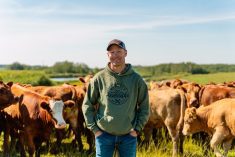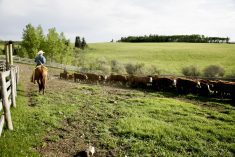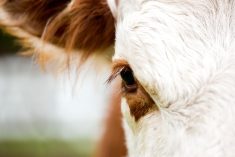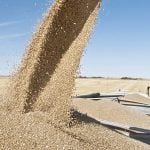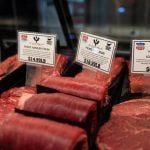One would say 2021 is turning out to be a year to remember starting with the pandemic and then a massive drought throughout western North America. B.C. ranchers are seeing their ranges burning up. Prairie ranchers are wondering how they will feed their cattle and where they will get water. On the bright side, we seem to be getting ahead of COVID-19 and life, as we knew it, is starting to resume. Here in Alberta, with the mask bylaw removed, I’m pleased to be seeing the faces of my neighbours again. Also, one of the best things to happen in recent history for the beef industry in Canada is our recognition by the World Organisation for Animal Health (OIE) as negligible risk for bovine spongiform encephalopathy (BSE).
Read Also

The Canadian Cattle Association’s international advocacy efforts
Global ag policies affect Canadian food policy, so the Canadian Cattle Association participates in international and domestic forums
The recommendation by the OIE’s Scientific Commission to grant Canada negligible risk status for BSE is a historic closing of the BSE chapter for Canada which brought unprecedented hardship to our industry in the early 2000s. Canadian Cattlemen’s Association (CCA) worked closely with the Government of Canada to see the application for negligible risk come to fruition. This change in risk status will now help facilitate expanded access to foreign markets for various beef products currently limited by BSE-era restrictions.
We thank everyone involved in helping us attain this status including the Government of Canada, veterinarians across Canada, and Canadian farmers and ranchers. We also applaud Canadian consumers who supported Canada’s beef industry during the hardest times of BSE when Canadian beef could not be exported.
The attainment of negligible risk puts Canada at the lowest level of risk for the transmission of BSE alongside the U.S. which attained its status in 2013. The control of BSE across the globe is a remarkable achievement for the membership of the OIE. To achieve negligible risk, a country must demonstrate the last case of classical BSE was born more than 11 years ago and effective control measures and surveillance systems are in place. Canada’s last case was born in 2009.
As we look back, you may recall that Canada’s first case of BSE was discovered in May 2003 and led to international borders closing to Canadian beef, a significant impact as 50 per cent of Canadian beef is exported. Although it is difficult to fully quantify the direct economic impacts of BSE, between just 2003 and 2006, losses were estimated to be between $4.9 billion to $5.5 billion. Further indirect costs have been accrued to this day, due to the opportunity costs of continued limited market access and additional processing costs for Canada’s packing industry.
Following the economic hardship from BSE, 26,000 beef producers exited the industry between 2006 and 2011. Along with their exit from the industry, more than two million acres of pasture lands were converted to other uses, marking BSE as both a detrimental economic and environmental event for Canada with rippling impacts still being felt today.
In fact, I remember hearing of a young feedlot owner from Manitoba who was one of the many casualties of the BSE era. He had just started his feedlot operation and was about to start selling the first few loads of his fed cattle when the border closed. For a while, Manitoba had no market for cattle. He finally managed to sell those cattle in December. You can guess the rest.
I sure am glad those days are behind us. What’s next? Well, our work is certainly not done. CCA is now focusing on the removal of the remaining BSE-era market access restrictions as well as the alignment of specified risk material (SRM) removal and handling requirements with international recommendations. The additional requirements placed on Canada’s processing sector because of BSE created a significant economic disadvantage in comparison with others in the international marketplace.
Specifically, CCA is looking at increased access into key market countries including South Korea, Taiwan and China. We are also working closely with the Canadian Food Inspection Agency to seek equivalency with the U.S. for SRM removal, disposal and market utilization of meat and bonemeal. While we are prioritizing markets, our view is that all remaining restrictions in all markets must be eliminated in line with international guidelines. We will continue to advocate for these changes to further allow the Canadian beef industry to broaden its reach around the world, as robust market access is imperative for maximizing our return.
I am prouder than ever to be part of this incredible industry as we look to the possibilities of furthering our exports and supplying new markets with high-quality Canadian beef. Enjoy the rest of your summer with family and friends as we all reunite again after months apart. Don’t forget to strike up your barbecues and savour a delicious burger or steak!




